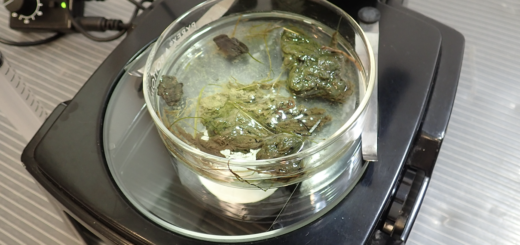COVID-19 surge prompts reactivation of crisis standards in southern Idaho
By Lyndsie Kiebert-Carey
Reader Staff
Two months after crisis standards of care were deactivated in most of the state’s health districts, the Idaho Department of Health and Welfare reinstated the resource-saving measure Jan. 24 in three southern Idaho regions: Southwest District Health, Central District Health and South Central District Health.
According to IDHW, crisis standards of care are “guidelines that help health care providers and systems decide how to deliver the best care possible under the extraordinary circumstances of an overwhelming disaster or public health emergency.”
As COVID-19 cases continue to rise, fueled by the highly infectious omicron variant of the virus, health care facilities across the state have been overwhelmed both with full hospital beds and health care staffing shortages as providers become infected and must be quarantined.
“The guidelines may be used when there are not enough health care resources to provide the usual standard of care to people who need it,” the department stated in a Jan. 24 media release. “The goal of crisis standards of care is to extend care to as many patients as possible and save as many lives as possible.”
The three health districts reverted to those guidelines, which surround the Boise-Nampa, Twin Falls and Sun Valley areas, which are experiencing “severe staffing and blood shortages” amid the surge of the omicron COVID-19 variant, according to IDHW.
Boise-based Saint Alphonsus Health System requested crisis standards of care activation, prompting IDHW Director Dave Jeppesen to virtually convene the CSC Activation Advisory Committee on Jan. 21. While the committee recommended that the emergency status be activated statewide, Jeppesen decided to activate only in southern Idaho after reviewing regional hospital capacity.
According to IDHW, other regions of the state are likely to move into crisis standards of care if current COVID-19 trends continue.
“The highly contagious omicron variant has thrown us a curveball,” Jeppesen said. “Once again, the situation in our hospitals and health systems is dire — we don’t have enough resources to adequately treat patients.”
Officials are reporting a record-breaking 34.1% test positivity rate in Idaho, as reported by Idaho News 6. On top of that, about 40,000 positive tests have yet to be processed and put toward Idaho’s daily case counts, and positive at-home tests are rarely included in official state logs.
Just over a month ago, IDHW was reporting a statewide 8.1% COVID-19 positivity rate.
“Please get vaccinated and boosted if you can, and wear a high-quality protective mask in public places,” Jeppesen said. “Omicron is so much more contagious than previous variants, and even though a lower percentage of cases are ending up in the hospital, the record number of cases is still putting strain on our health care system.”








 Coming up this week! Don’t miss Live Music, the Summer Sampler, the Art Party, Monarch Grind, the Sandpoint Renaissance Faire, and more! See the full list of events in the
Coming up this week! Don’t miss Live Music, the Summer Sampler, the Art Party, Monarch Grind, the Sandpoint Renaissance Faire, and more! See the full list of events in the 